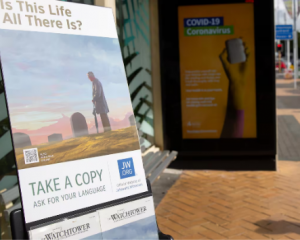
Transport Agency safety manager Helen Climo told the Traffic Institute at its annual conference yesterday that a new rule should be finalised by the end of next year allowing speeds of up to 110kmh on a small number of well-engineered highways and motorways.
Although she declined to identify candidate routes, the Automobile Association wants motorists be able to pull out the throttle on Auckland's Northern Gateway toll road and on the Waikato Expressway.
Ms Climo said the new rule would also streamline public consultation requirements before limits could be dropped as low as 60kmh on some higher-risk roads with sparse traffic.
The goal was greater national consistency and speed limits more appropriate to the function and design of roads, while striving to reduce deaths and serious injuries and to support economic productivity.
She expected most urban limits to remain at 50kmh, except on some arterial roads with separate cycle paths on which motor traffic could be allowed to travel at 60kmh to 80kmh.
But a disproportionate number of deaths and serious injuries on urban arterials meant such high limits would be rare.
Conversely, a reduced limit of 30kmh could become more common on city streets popular with cyclists and pedestrians.
Ms Climo said the new "one network road classification system" would require high public acceptance and her organisation, acting on a plan approved by the multi-agency National Road Safety Committee including the police and ACC, intended issuing draft guidelines by Christmas to local councils to determine the most suitable speed limits on their roads.
"We want to build public support for this - it's a much more consumer-friendly way of managing speed," she said.
"To get fewer deaths and serious injuries, we want travel speeds that better match road function and we want travel times maintained."
Her presentation following a claim to the conference by veteran Australian safety campaigner Professor Ian Johnston that speed allowances on too many roads on both sides of the Tasman were "not fit for purpose".
Ms Climo said the first priority would be to reduce limits temporarily on dangerous roads with relatively high traffic volumes, while promising drivers existing allowances would be reinstated once they were made safer.
"We need to tell them we will do improvements - we need to give a safe system promise."
Her organisation had also decided to shift its safety messages away from blaming drivers "and make it more about the road to get away from a polarised conversation".
But she said tighter speed restrictions may have to remain on other less-travelled roads, where improvements could not be afforded.
One likely to have its speed limit dropped temporality pending engineering improvements was State Highway 58 over Haywards Hill between Hutt Valley and Porirua, on which drivers faced high collective and personal risks while being allowed to travel over it at 100km/h.
- by Matthew Dearnaley
Open road changes
Proposed new open-road classification system:
• High-volume straight stretches of new highways or motorways 100km/h-110km/h
• Other high-volume roads with fewer safety features
80km/h- 100km/h
• Low-volume winding roads 60km/h-80km/h












